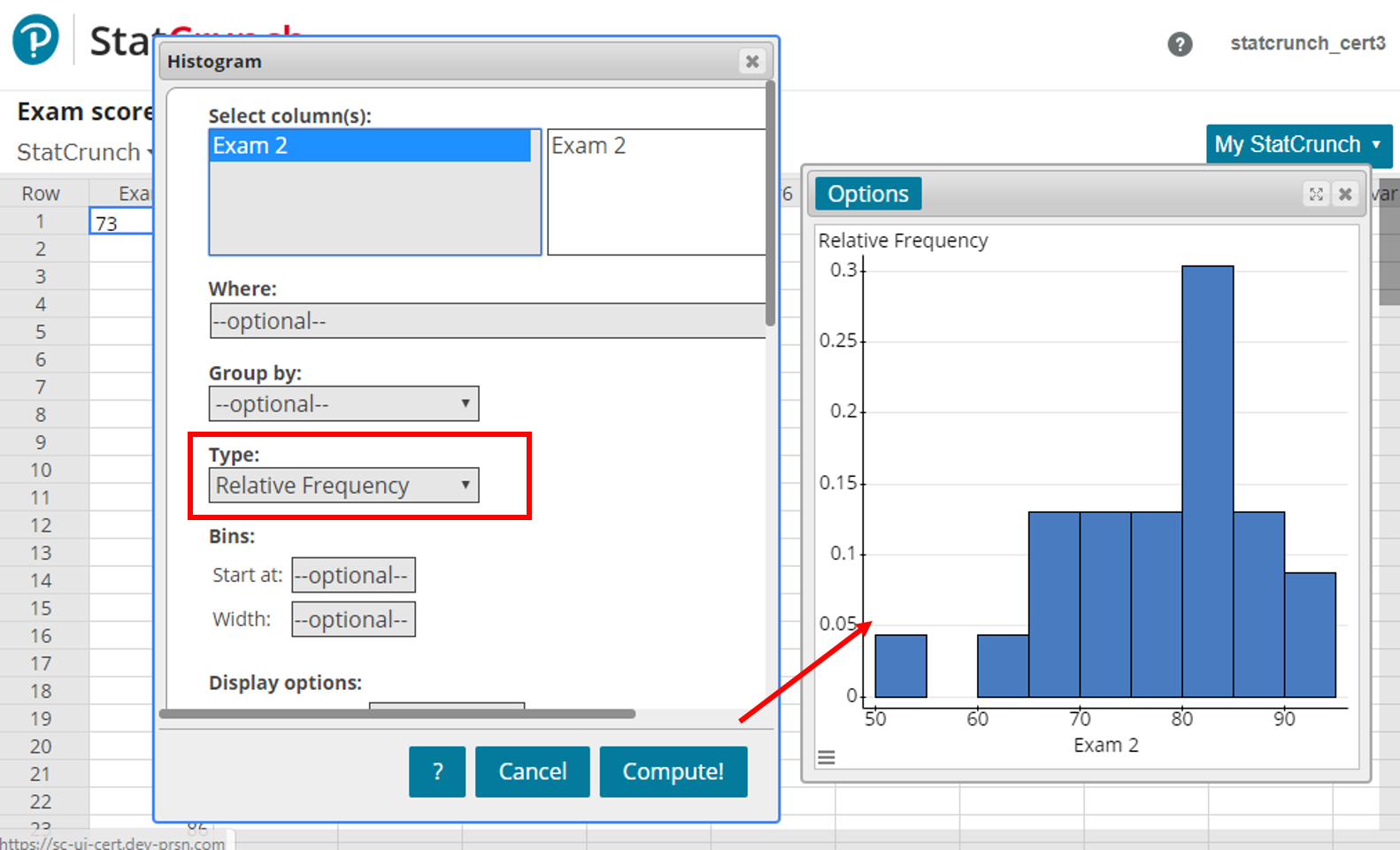

Independent events are assumed to occur at a constant rate. Exponential Use the exponential distribution to model the time between events in a continuous Poisson process. For more information, go to Lognormal distribution. The lognormal distribution is used for reliability analysis and in financial applications, such as modeling stock behavior. Use the lognormal distribution when random variables are greater than 0. Lognormal A random variable follows the lognormal distribution if the logarithm of the random variable is normally distributed. For more information, go to Normal distribution. Many statistical analyses assume that the data come from approximately normally distributed populations. Normal The normal distribution is the most common statistical distribution because approximate normality occurs naturally in many physical, biological, and social measurement situations. To fit a lognormal distribution, an exponential distribution, or a Weibull distribution, all data values must be greater than 0. The height of the final bar is always equal to 100%. The height of each bar is equal to the percentage of the sample observations that fall within its bin and all previous bins.

Cumulative Percent The bar heights accumulate from left to right. The height of the final bar is always equal to the total number of observations in the sample. The height of each bar is equal to the number of observations that fall within the bin and all previous bins. Cumulative Frequency The bar heights accumulate from left to right. Density The area of each bar represents the proportion of the sample observations that fall within the bin (proportion = bar area = bin width × bar height). A percent scale can be useful when comparing samples of different sizes. A histogram with a percentage scale is sometimes called a relative frequency histogram. Percent The height of each bar represents the percentage of the sample observations that fall within the bin. Select the range G5:G8 (all four cells).ģ.Frequency The height of each bar represents the number of observations that fall within the bin. Delete existing formulas if needed (see note below).Ģ. To enter the FREQUENCY formula, follow these steps in the attached workbook.ġ. FREQUENCY will also return an "overflow count" – the count of values greater than the last bin. In other words, each bin will include a count of scores up to and including the bin value.

The range F5:F8 is the named range "bins". FREQUENCY will treat each bin value as the upper limit for that bin. In the example shown, we have a list of 12 scores in the named range "data" (C5:C16). On the other hand, once you set up your bins correctly, FREQUENCY will give you all counts at once! Setup and formula The FREQUENCY function returns a frequency distribution, which is a summary table that shows the count of each value in a range by "bin". FREQUENCY is a bit tricky to use, because must be entered as an array formula.
#HISTOGRAM MAKER WITH FREQUENCY TABLE UPDATE#
Because FREQUENCY is a formula, the results and chart will dynamically update if data changes. The example on this page shows one way to create your own histogram data with the FREQUENCY function and use a regular column chart to plot the results. Note: later versions of Excel include a native histogram chart, which is easy to create, but not as flexible to format.


 0 kommentar(er)
0 kommentar(er)
